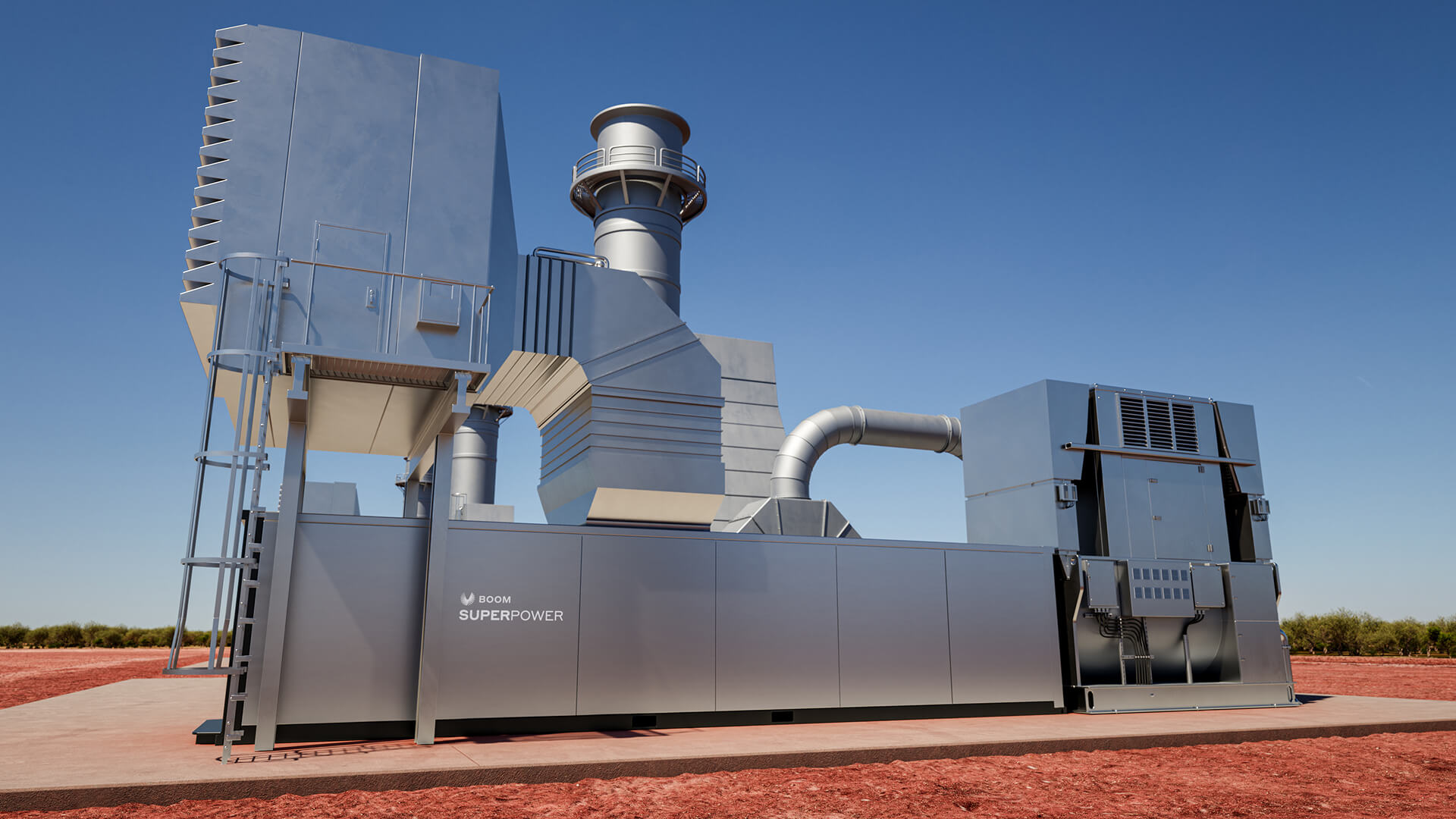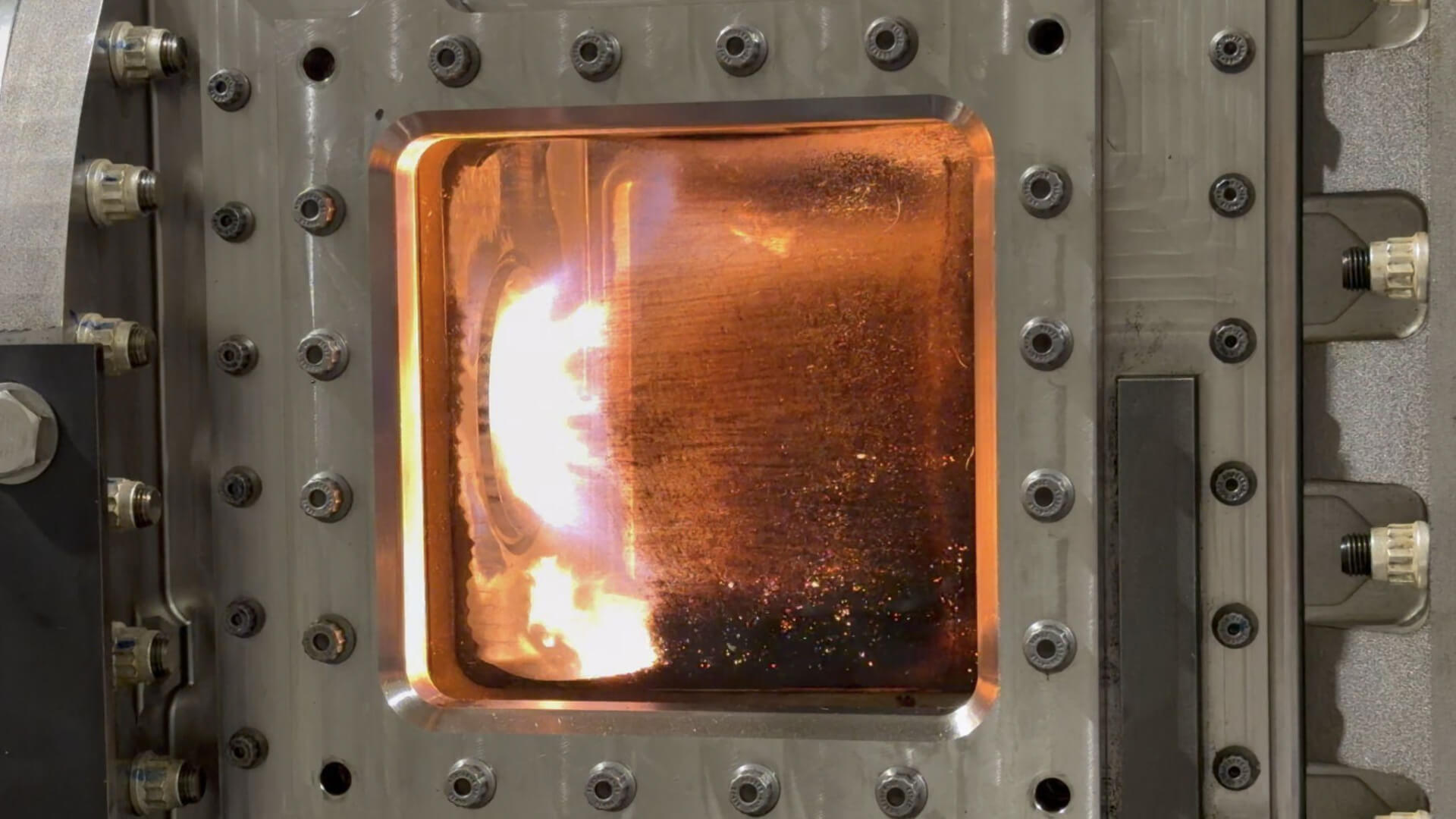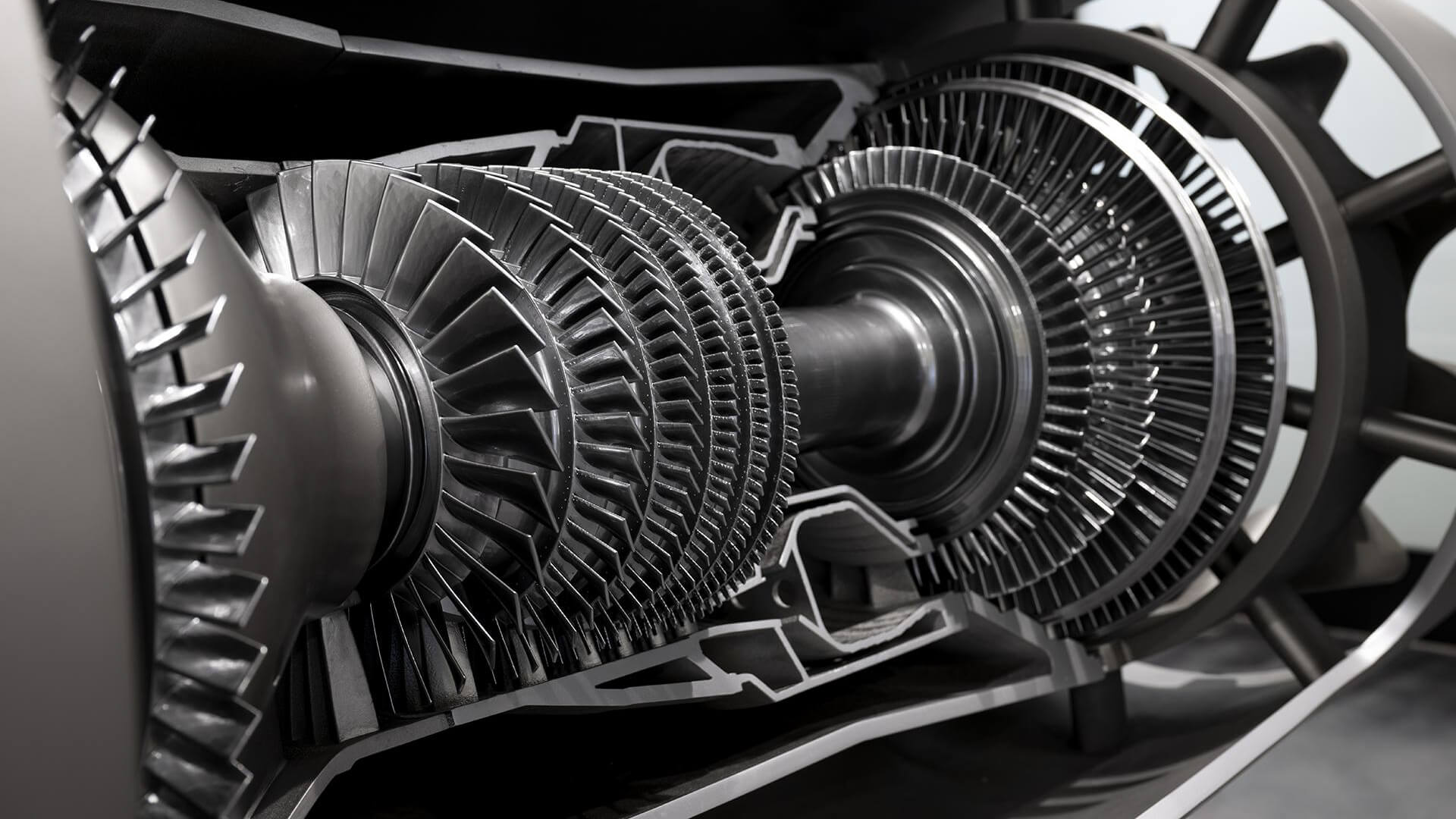Across the aviation and aerospace industry, propulsion engineers spend entire careers optimizing engines built decades ago. But at Boom Supersonic’s Denver headquarters, a new generation of engineers is doing something nearly unheard of: building Symphony, a clean-sheet engine for a supersonic aircraft.
Symphony is the propulsion system for Overture, Boom’s supersonic airliner currently in development. It’s explicitly built for commercial supersonic flight: efficient, designed to seamlessly integrate with existing civil aviation infrastructure and regulations, and optimized for speed. For the people building Symphony, it’s the type of challenge that inspired them to become engineers.
“At Boom, I finally get to build the product that I’ve always dreamed of: a supersonic aircraft that I can one day ride on,” says Quinn Kelly, Staff Scientist for Propulsion. “That’s the opportunity of a lifetime.”
The clean-sheet challenge
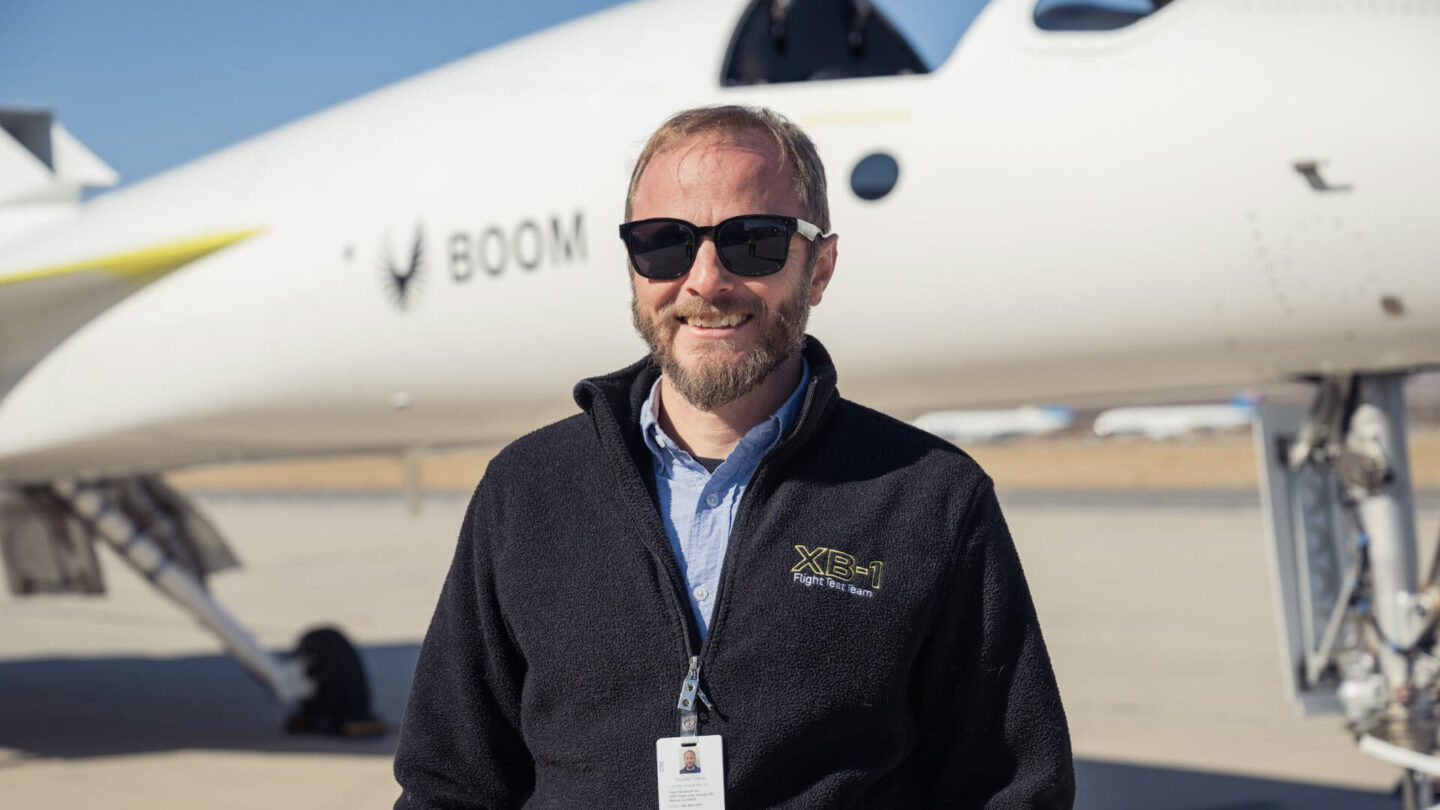
When Chandler Clifton, Overture Propulsion Lead, describes his work, his enthusiasm is palpable.
“Engineers at Boom aren’t just designing an airplane; they have a sense of the underlying mission,” he says. “You own projects from start to finish. You test them, you watch them fly, and you see the results of your work firsthand. That full lifecycle experience is rare in our industry.”
Clifton’s career path mirrors that of many on the team: experience in propulsion at major OEMs, followed by the decision to pursue something different. Before joining Boom, he spent nearly a decade at Lockheed Martin and Sierra Nevada Corporation, where he worked on military and space programs.
“At traditional OEMs, there’s a limit to how often you can innovate,” Clifton adds. “You spend more time managing bureaucracy than actually building or testing. At Boom, we get to do the work that originally drew me into aerospace: pushing boundaries and building something new.”
That idea, the chance to build something new, comes up again and again across Boom’s propulsion team. For engineers like Hot Section Lead Kevin Song, who spent more than a decade at Pratt & Whitney, the clean-sheet opportunity proved irresistible.
“At a big OEM, even when you’re working on exciting programs, the exposure to other disciplines and organizations can be quite limited,” Song explains. “At Boom, I can apply everything I’ve learned to something brand new. It’s the most rewarding work I’ve ever done.”
Every system of Symphony, from inlet to nozzle, is designed for a very specific mission: supersonic commercial flight. It’s an opportunity for engineers to apply the latest technologies, materials, and modeling tools without the weight of legacy systems.
“We’re not fixing 30-year-old mistakes or tweaking 20-year-old designs,” Song adds. “The team is working from a blank slate, and that means the sky really is the limit for what we can create.”
A culture that accelerates innovation
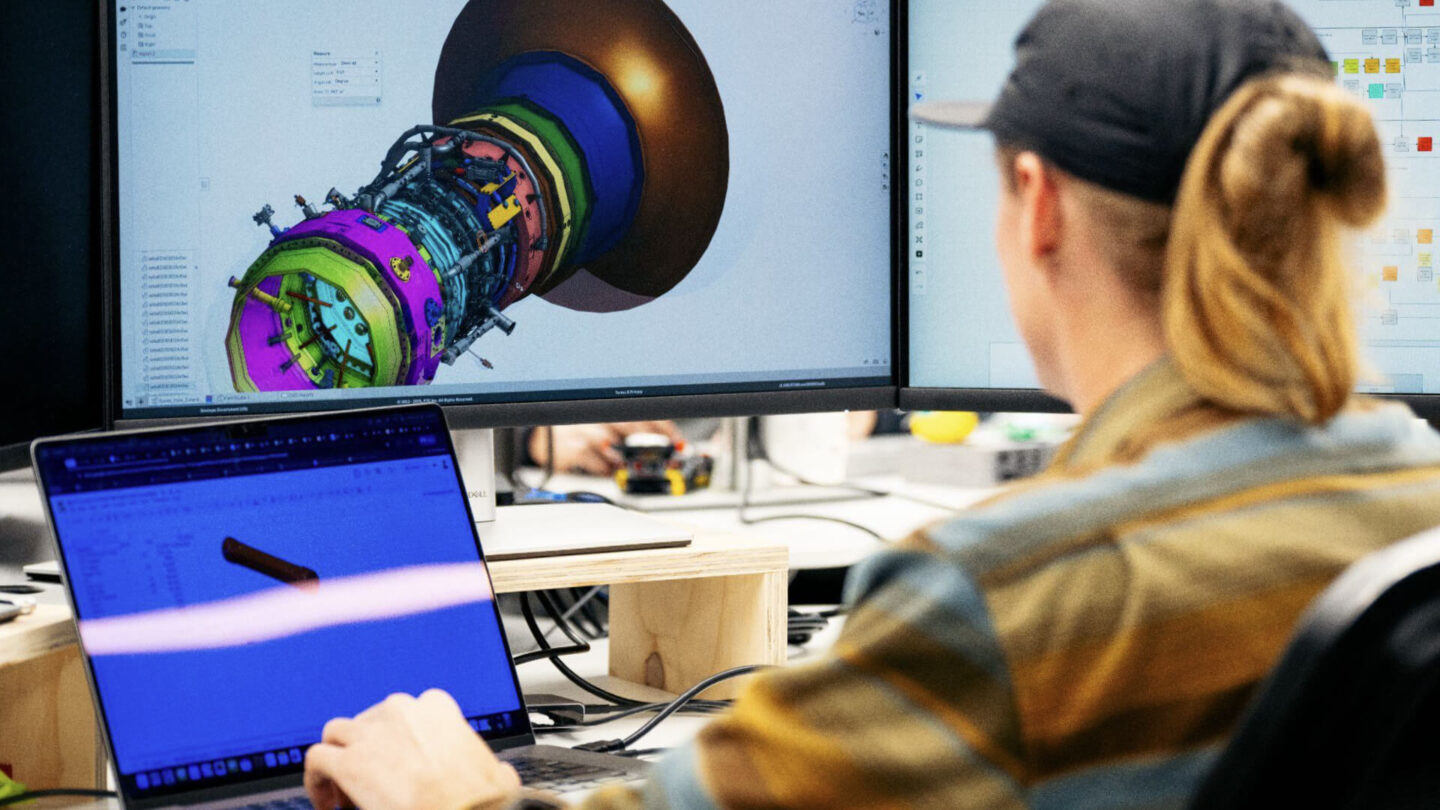
At Boom, the speed of innovation doesn’t come from cutting corners; it comes from cutting out bureaucracy.
Quinn Kelly knows that contrast firsthand. Before joining Boom, he spent 20 years at Lockheed Martin’s legendary Skunk Works, where he worked on the F-35 and other classified supersonic programs. Despite the prestige, he began to feel constrained.
“I learned so much about big defense programs that were developing very expensive and exquisite systems. I was doing conceptual and detailed design, but I never got to actually build a product I designed because timelines for these projects can take decades,” he explains. “Twenty years in, I realized that I wanted to create on a much faster timeline. I reached a crossroads: either stay and work at the old pace, or take a leap and chase a different challenge. I chose the leap.”
“At traditional defense companies, major change is usually seen as too risky or too costly,” Kelly continues. “You stop innovating quickly because the appetite for technical risk is absent, both on the part of the OEM and the government customer. All kinds of politics infect everything when you have to justify the use of taxpayer money, and efforts to reduce waste often come with unintended consequences that are counterproductive to that goal. I didn’t want to spend the rest of my career in that environment.”
What he found at Boom is a culture of collaboration.
“The culture here is night and day compared to a big OEM,” he shares. “At large defense companies, organizations can be adversarial; incentives and goals between teams are often not aligned. This creates friction and puts up walls that block progress. At Boom, it’s completely different. Disciplines and functions across the whole company collaborate, jump in to help one another, and work toward the best answer for the product and the team. That shift in structure annihilates silos and unlocks rapid progress.”
“We approach productivity in a different way here. It’s not a top-down bureaucracy; it’s based on highly-engaged individuals collectively leaning in to take action and collaborate and communicate,” Kelly concludes. “Our approach is not punitive or focused on failure-avoidance; it’s full ownership empowerment with a bias toward the next positive action and continual reflection on how we operate. That culture brings out the very best in people. And what I’ve seen at Boom reminds me of how aerospace probably was over 60 years ago: high-performing, passionate engineers chasing huge challenges, and actually achieving them.”
At Boom, cross-disciplinary collaboration also fosters speed. The propulsion team includes software engineers embedded directly alongside mechanical and aerodynamics engineers, accelerating iteration in a way that other companies may envy.
Abhir Adhate, Engine Performance/Cold Section Lead, agrees that cross-disciplinary collaboration is one of the team’s biggest strengths.
“The people here are the most important part of why I love this job,” Adhate says. “Everyone holds themselves to a high standard, but they’re also collaborative, creative, and incredibly supportive. You feel like you’re building something extraordinary together. That kind of culture is hard to find.”
The freedom to grow professionally
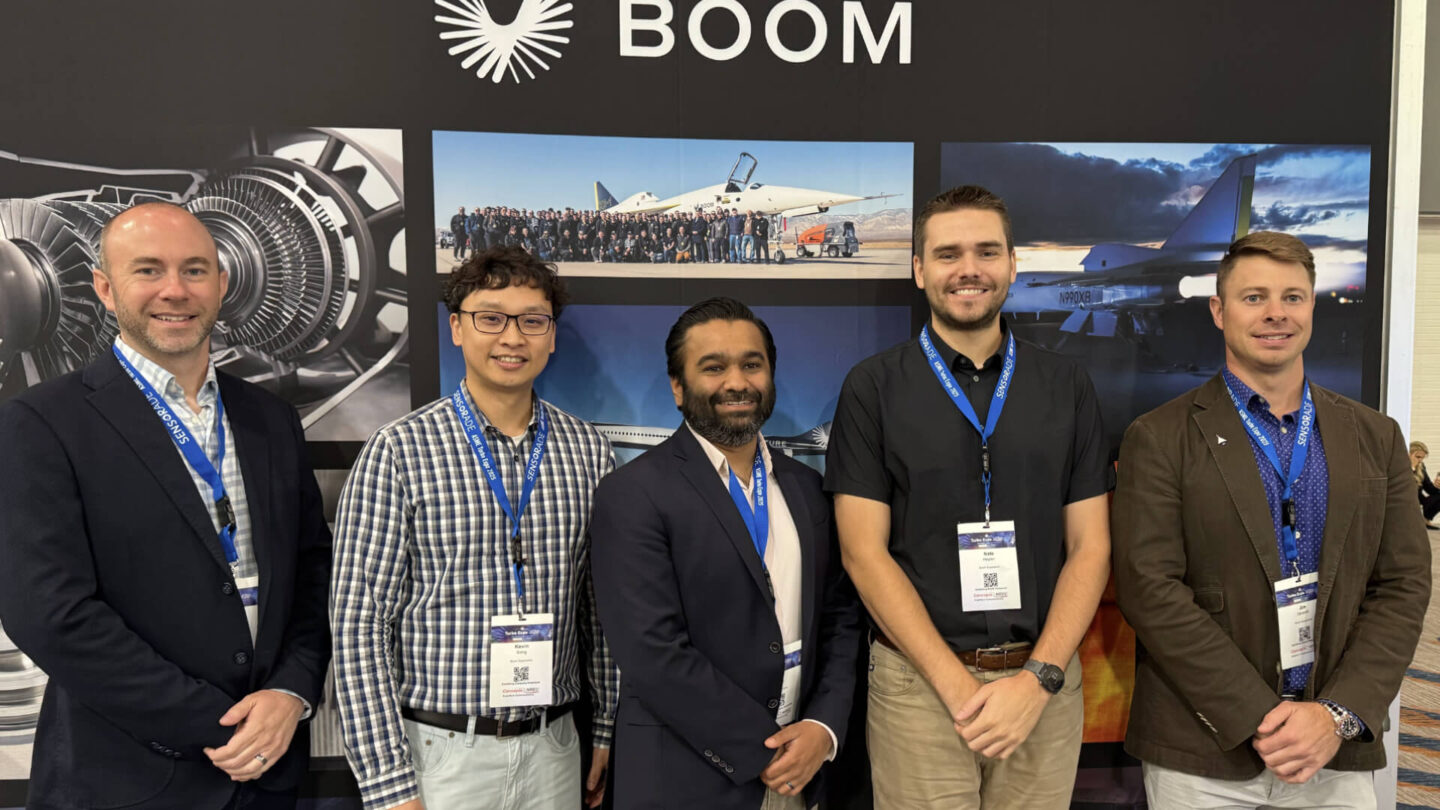
Boom engineers share another common thread: they came looking for challenges, but also found professional growth.
Song joined to lead the development of Symphony’s combustor and turbines, the “hot section” of the engine. Today, he’s also representing Boom in international policy, working with the International Civil Aviation Organization (ICAO), a United Nations agency, and other organizations on emissions and noise standards for supersonic flight.
“At Boom, you’re not boxed in,” Song says. “I started in propulsion, and now I’m also spearheading policy. At a traditional OEM, that opportunity would be almost impossible to achieve. Here, the boundaries are gone. You can stretch yourself in ways that just aren’t possible anywhere else.”
According to Clifton, “You can learn more in a month at Boom than you would in a year at a traditional OEM. You see the full lifecycle of a project, from testing to flight, and that changes the way you think about design.”
For Adhate, professional growth is an essential part of coming to work: “I simply love jet engines,” he says. “But what’s different here at Boom is that you’re not boxed in. One day, I might be running architecture studies, the next I’m digging into the cold section, and along the way I’m working side by side with software engineers. The variety, the challenge, the chance to keep learning. Here, if you’re curious, there are endless opportunities to grow your skill set. That’s what excites and motivates me.”
For Kelly, mentoring early-career engineers has also been deeply rewarding: “As someone later-career, it’s gratifying to mentor younger engineers, share what I’ve learned, and watch them grow. It gives new life to your work. You wake up motivated, excited, and proud of the work you’re doing, proud of who you’re doing it with, and determined to succeed in the mission.”
Life on the Front Range

While the work itself is the draw, Boom’s location wins people over time and time again. Denver offers both a thriving aerospace community and a lifestyle that’s hard to beat.
“I came to Boom to work on XB-1,” says Clifton. “Compared with Palmdale, California (where I lived for several years and where work is the only draw), Denver was an easy choice. Beyond the mountains and amazing climate, the people in Colorado are here enthusiastically, and travel is convenient with Denver International Airport (DIA).”
Adhate, an avid rock climber, agrees. “Denver was the easy part,” he laughs. “I’m a climber, and the Front Range is paradise. The weather is incredible compared to the Northeast, the mountains are right out your back door, and the city hits the sweet spot: big enough to have everything you want, small enough that you can still get around and enjoy it.”
Denver has also become a magnet for engineers, scientists, and technologists: a place where people who build things also love to explore. “In Denver, you get both lifestyle and career benefits,” says Clifton. “It’s easy to see why people stay.”
The future of flight, in progress
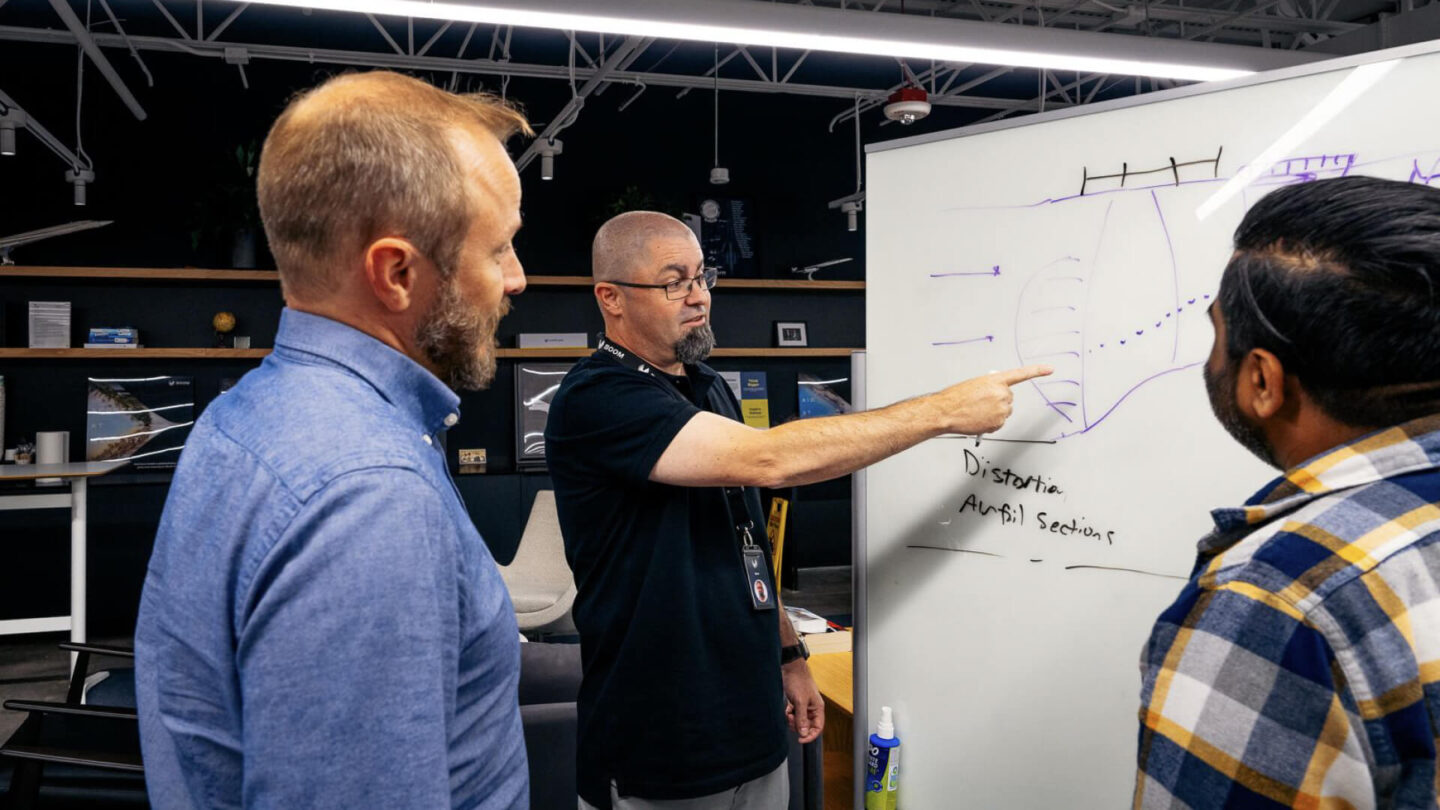
Boom’s propulsion team is growing. The work demands excellence, collaboration, and imagination. But for those who thrive on challenges, there may be no better place to grow professionally.
“At Boom, you’re building something new and meaningful, in a high-caliber culture with surprisingly little ego,” says Kelly. “If you want accountability, ownership, and passion to drive your career forward, this is the place. Our team personally reviews every résumé that comes in for propulsion engineering roles. You won’t be screened out by a system; it will reach a human. Don’t fill it with buzz words or bullet points, use it to concisely communicate to another person what you’ve done, what you’re about, and how you want to contribute.”
The opportunity to build a clean-sheet engine for a new supersonic airliner may never come again in a generation. For those ready to build supersonic, the future is already here in Denver.

